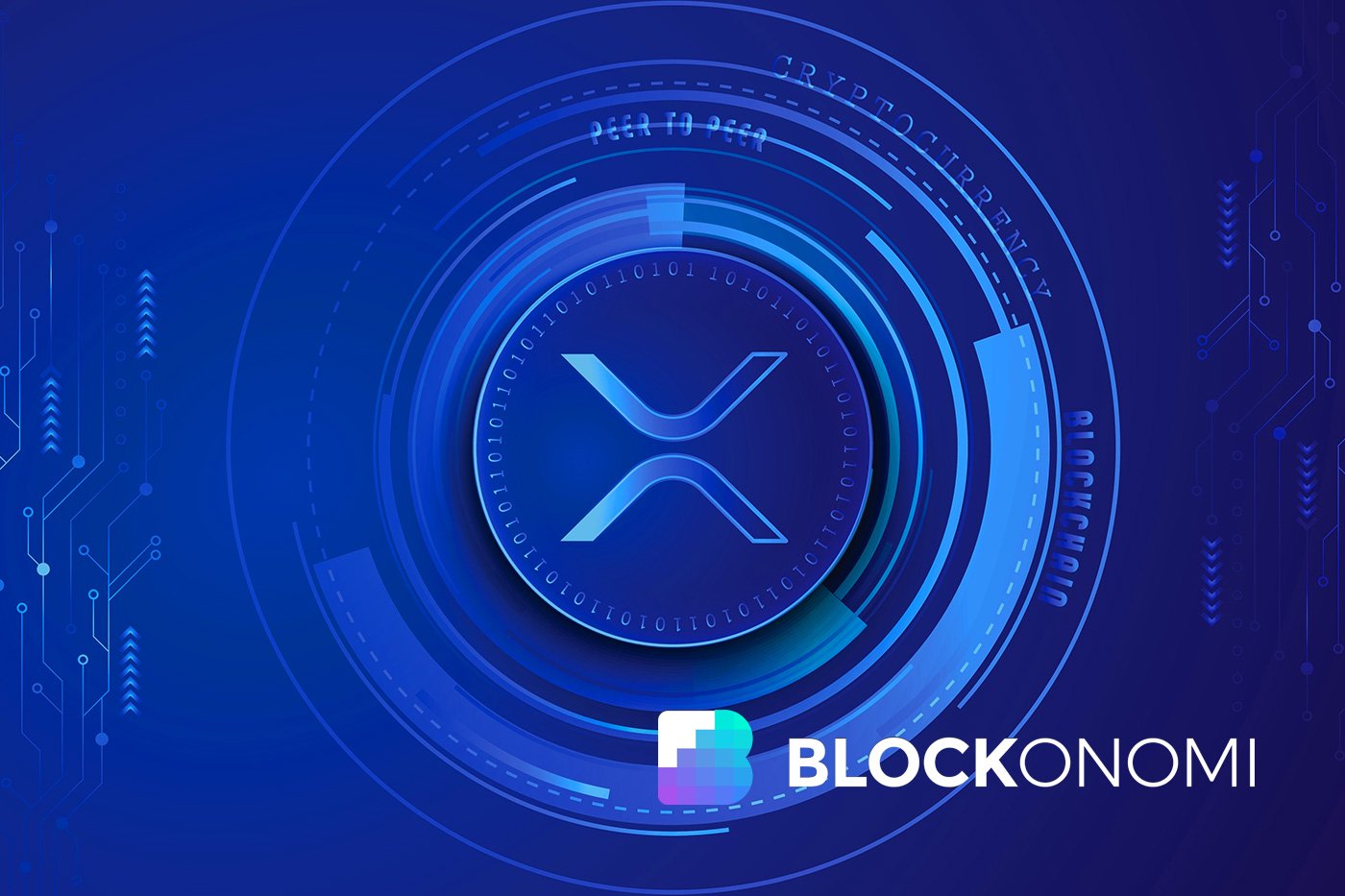
XRP: The Future of Financial Systems
In an ever-evolving financial landscape, blockchain technology continues to lead innovation. Among the prominent players, XRP stands as a groundbreaking digital asset designed to optimize cross-border payments, liquidity management, and settlement processes.
Unique Blockchain Architecture
The XRP Ledger is an advanced blockchain independently developed to handle liquidity and automate financial operations. Unlike Bitcoin, it does not rely on energy-intensive proof-of-work protocols, making it more sustainable and efficient for global financial systems.
Ripple’s Chief Technology Officer, Joel Katz, revealed that XRP’s architecture plays a pivotal role in filling gaps that other blockchains like Bitcoin and Ethereum cannot address. By introducing key features such as issued assets and a native decentralized exchange, XRP Ledger outpaces its competitors in innovation and practicality.
XRP as a Neutral Bridge Asset
One of XRP’s most remarkable features is its ability to serve as a jurisdiction-free settlement asset. Transactions carried out on the network utilize XRP’s token fees for routing, eliminating the need for counterparties. This gives institutions a reliable, automated solution for cross-border transfers and enhances liquidity management with minimal user involvement.
Every new stablecoin or tokenized investment launched on the XRP Ledger automatically boosts its utility, making it highly adaptable for various financial operations, including on-chain lending and instant payments.
Breaking Barriers in Blockchain Adoption
Katz also highlighted how early fragmentation among Bitcoin supporters slowed blockchain adoption. XRP, however, is rapidly gaining traction among banks and financial institutions. Its design complements existing networks like Bitcoin, Ethereum, and Solana, fostering broader acceptance rather than competition.
This inclusive approach positions XRP as an integral part of a multi-network blockchain ecosystem, where it continues to bridge the gaps in liquidity and settlement across industries.
The Role of XRP in Replacing Traditional Finance Functions
XRP aims to redefine financial systems by migrating traditional banking functions to blockchain technology. These changes include:
- Tokenized investments: Enabling efficient, global asset management.
- On-chain lending: Providing faster, automated lending options.
- Cross-border settlements: Reducing transfer times and costs significantly.
Many financial institutions already view XRP as a complementary tool to enhance their operations. Its curated ecosystem pairs seamlessly with new financial products, increasing its usability and potential to transform global finance.
Recommended Product
Explore XRP on Coinbase to start your journey into the transformative world of blockchain technology. Buy, sell, and trade XRP efficiently on this trusted platform.
XRP is more than just a cryptocurrency; it’s a catalyst for change in the global financial system. As adoption accelerates and more institutions leverage its capabilities, XRP is set to play a vital role in shaping the future of finance.



